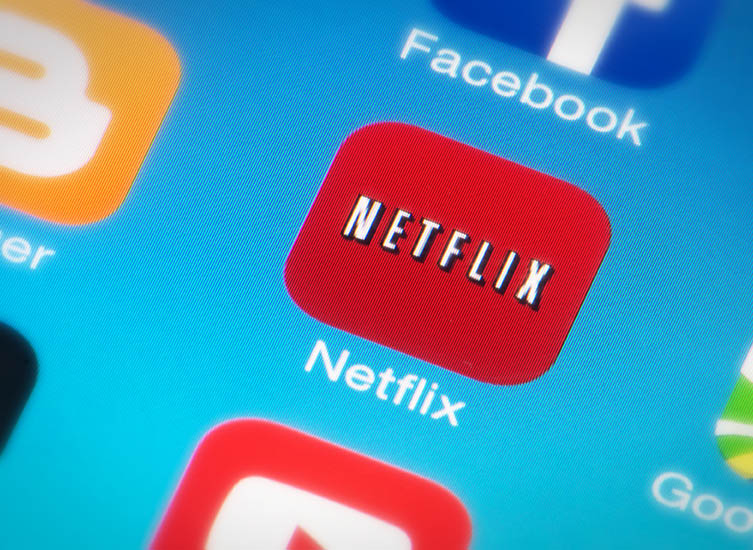As marketers, you may see the term “OTT” quite a bit lately, especially during Digital Newfronts. If you’re unfamiliar with the term, OTT stands for “over-the-top” content—audio, video, and other media content delivered over the internet without the direct involvement of a provider. While internet service is required, this content may be accessed over free Wi-Fi as well and puts the user in control of what he or she watches at what time. Examples of OTT video are YouTube, Netflix, Hulu and AppleTV.
A Growing Audience
The digital video audience will grow 8.2 percent in 2017 according to eMarketer, and PwC predicts that OTT/streaming subscription video on demand revenue will grow to $10.4 billion by 2020.
Today, 78 percent of US consumers subscribe to at least one OTT service, according to PwC. Although most viewers currently add OTT to their pay-TV subscriptions, its disruptive potential is becoming more apparent. In 2014, 91 percent of US consumers said they could see themselves subscribing to cable in the following year but in 2015, that number had fallen to 79 percent.
Seventy-one percent of Gen Z has a Netflix subscription—more than any other generation, according to a report by VisionCritical, while only 45 percent of them watch cable TV on a television. A report by TiVo reveals that 91 percent of millennials pay for at least one subscription streaming service, 73 percent have streaming devices at home.
Revenue “Streaming”
The rise of OTT video services is changing advertising, especially in an age where ad blocking has become more popular. Each Netflix subscriber saves him or herself about 160 hours of commercials per year, according to calculations by Chord Cutting. As viewers migrate from traditional networks to digital alternatives, advertisers will follow—driving broadcast TV advertising’s share of US total TV advertising down from 95 percent in 2014 to 91.6 percent by 2019.
Netflix added 5 million members globally in the first quarter of 2017, bringing its total subscriber base to just shy of 99 million users and exceeding 100 million not long after. That comes on the heels of Netflix’s biggest quarter for new subscribers ever and the company is on track to meet or exceed 2015 eMarketer predictions.
As mobile devices become more sophisticated, OTT video is often viewed on the go. In response, digital ad revenue grew to $72.5 billion in 2016, up 22 percent from the year before. For the first time, mobile ads accounted for more than half of that spending—51 percent. Video advertising grew to to $9.1 billion, social media spending grew more than 50 percent to $16.3 billion and search grew 19 percent to nearly $35 billion.

